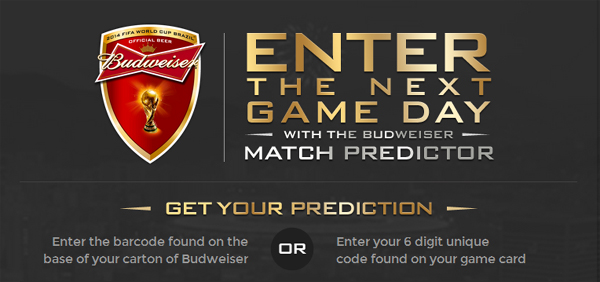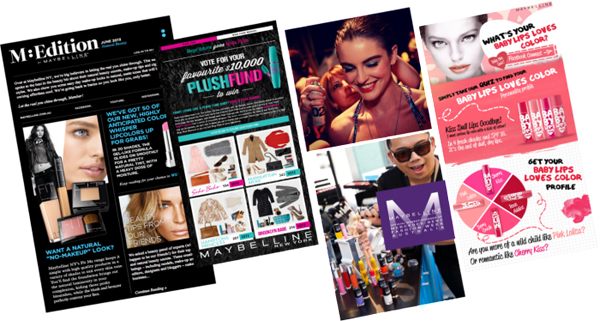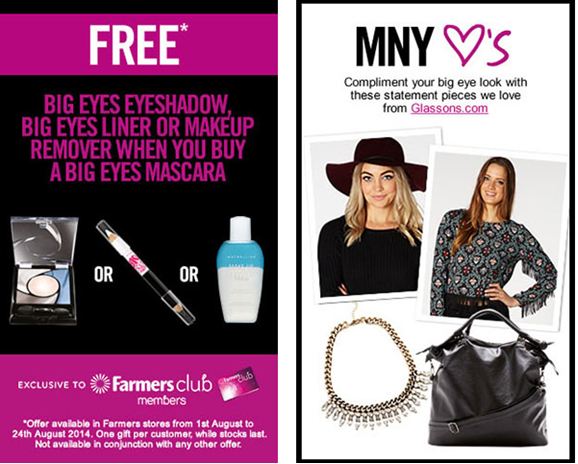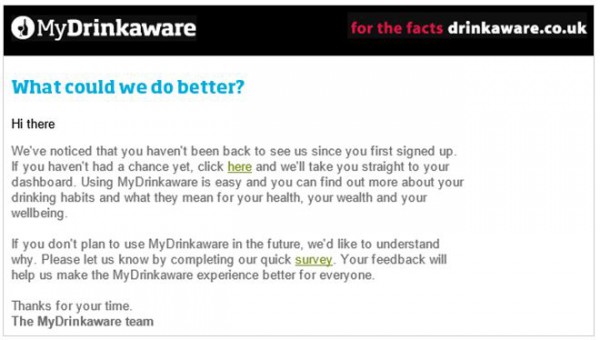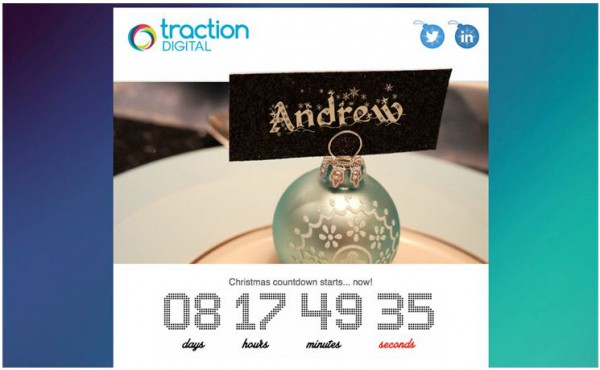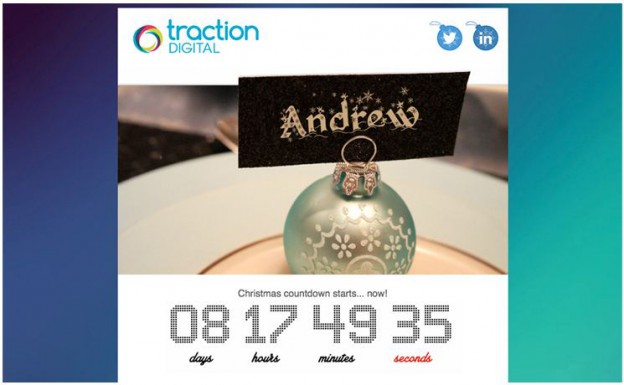
Do you disrupt your customer’s day, or provide serendipitous highlights? When they see your brand, do they keep reading or mentally groan “not now”?
As content marketing has exploded in popularity, getting context right to improve customer experience is no longer a “nice to have.” Truly valuable content isn’t just interesting – it’s delivered for the right time, place, channel, context and person. Otherwise it’s all too easy to tune out or unsubscribe.
Shortening attention spans are another major reason to contextualise. Even the marketing messages your customers opted in to are increasingly opened during “in between” or “on the move” moments: more email opens now occur on mobile devices than desktop. These moments are where snap decisions are made – based on little details and first impressions.
So what are those little details? What does contextual marketing mean in practice? Here are just a few client examples:
Lion: Place and channel context
Lion customers predominantly buy in retail outlets or at bars and pubs. To tap into those opportunities, the promotions we run for them take all of those contexts into consideration in the mechanic design.
Consumption context
As the official beer of the FIFA World Cup 2014, Budweiser wanted their promotion to engage consumers both at home and at the pub. However, they also wanted to reward actual customers by requiring a unique code for entry. The World Cup Match Predictor promotion we built enabled entry whether customers were shouting a round of drinks at the bar, or buying a case at their local store to bring home. At the pub, customers received a game card with their unique code, and at the store, a barcode on pack:
The right channels – not just multiple channels
Since most Lion customers aren’t online at point of purchase, Lion’s on-pack promotions need to provide easy entry once a customer has committed to buy.
Many of the competitions we build for them therefore offer SMS entry, which made up a third of the 100,000+ entries (and sales) from the Toohey’s Extra Dry Hit the Button promotion.
L’Oréal Paris: Product, purchase and channel context
L’Oréal are intimately attuned to customer context and consequently achieve results well above industry averages. Here are three ways they do it:
Product context
By gathering data from their customers in fun, interactive ways (think quizzes and personality tests), L’Oréal has developed more contextual content that has become a product in itself.
Maybelline’s M:Edition for example provides practical tutorials from style ambassadors that address the product usage context of their target market. Their offline lifestyle activities (like sponsorship of fashion events) also fuel great online content.
Connecting content across channels
Even though L’Oréal create valuable content, each brand still carefully chooses the channels which resonate most with their target market and tailor accordingly. On Facebook you might find quizzes, whereas the latest EDM might include an exclusive offer, while the YouTube channel features how-to videos.
There are also prompts to connect to other channels -especially between Facebook, EDM and website for example.
“In order to truly understand our audience, we need to mix and validate our data insights via multiple channels.” – Christophe Eymery, Head of Digital L’Oréal Australia & New Zealand
Complementary lifestyle & shopping context
How can you communicate your brand personality while being useful at the same time?
Discover other places your customers shop – not just for your brand, but for complementary brands. Find out what else your ideal customer is going to do before and after they decide to buy your product. Not sure? Examine your customer data, and build the partnerships and loyalty incentives from there.
DrinkAware UK: Behavioural context
Customer interactions are used to create “conversations” for each individual, at scale. DrinkAware UK don’t send monthly newsletters – they use customers’ digital body language to trigger an appropriate message. That includes customers who aren’t interacting – here’s a re-engagement email customers receive if they haven’t clicked after a given time period:
Crucially, DrinkAware UK dials down the emails to customers who consistently don’t interact. Why? Think of a real conversation – you don’t want to be the person who doesn’t take the hint to stop talking.
Agile Context
The next frontier is to contextualise content on the fly on mediums that have traditionally been static. Content would therefore be up to date depending on:
– Device the customer uses to view your message,
– When your customer opens, or time to an event,
– Where your customer views or opens your message,
– Stock levels, specials, or current price.
This is already possible with agile email. For example, our Christmas email out to clients last year featured a countdown to Christmas day that would be accurate no matter when the client opened:
Creating a contextual customer experience moving forward
Certain context priorities will make more sense for your brand than others. To help you prioritise, here are 2 actions to get started:
1. Map out your channels and ask the right team the following questions:
– What would be the most efficient, effective way to contextualise the content, offers, or experience through this channel? Eg. time, place, channel, lifestyle or behaviour.
– Now bring everyone together to discover channel connections can be made.
2. Turn the above into projects or tier them into stages, and consult your customer data to help determine the project that would likely make the most difference to start with.
More Customer 360 inspiration from Traction Digital
About Adam Quirk - Managing Director, Traction Digital
Adam is a consistent pioneer in digital, managing teams to create award winning campaigns for global brands like Unilever, Audi, and Diageo. His strength is turning complex organisational objectives into actionable solutions. As Managing Director of Traction Digital, he continues to nurture long term relationships with leading brands, thanks to the excellent results they achieve with his direction.
Linkedin •

